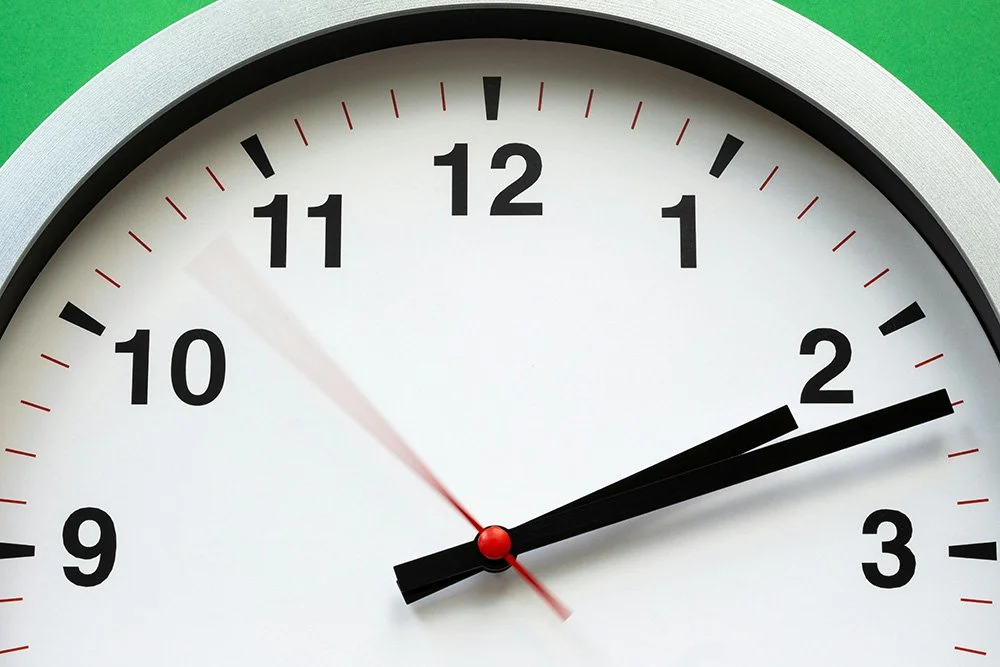Should kids learn how to tell time on an analog clock (with hands)?
Call me old fashioned! I have always taught my students cursive, roman numerals, and yes - how to read an analog clock.
Many people suggest that these skills are not needed anymore. For example, a cell phone can tell you the time whenever you need it. But I still think there is value in learning to read a clock with that big hand and little hand. Here are some reasons why!
Clocks in the Community
Although your students may have digital clocks on their wrists or on their phones, there are still analog clocks out in the community. They may find one at the library, on a clock tower, at a relative’s house, or on a building downtown. I don’t want my students to come across a clock with hands and have no idea what it means!
Clocks when Traveling
Heading to London? The kids may want to be able to read the time on Big Ben! (They’ll need to learn Roman numerals for that, too…) Taking a trip to Germany? The cuckoo clocks will not be digital!
Clocks in the Classroom
Many classrooms still have analog clocks and they can be very useful for students. In high school, your students may be taking their S.A.T.s in a room with an analog clock and no cell phones. Being able to read the clock could help them know how much time they have left in a given section of the test.
Math Skills from Learning about Analog Clocks
When students are learning to read an analog clock, they get a lot of practice counting by fives. They also may be getting their first introduction to angles. Kids will also start to get an idea of fractions by learning “half past 6” or “a quarter to three.”
Being able to read a clock naturally leads to a better understanding of number relationships within 12 and 60 (such as 12x5=60). Students learn concepts such as “clockwise” and “counter-clockwise.” Also, reading an analog clock uses kids’ working memory as they read the hour, hold that information in their minds, and then read the minute.
Visualizing Time
This is a little more abstract, but understanding an analog clock can help kids understand the cyclic nature of time. Just as the earth is spinning and going around the sun, the big hand and little hand are making their journeys around the clock face. Looking at an analog clock over time gives a visual representation of the movement of time.
We can help!
Are you convinced? (Or maybe you already agreed with me!) Never fear! We have a great bundle of telling time worksheets in the shop to help. Your students will be reading Big Ben in no time!
